“Whether you’re looking to liven up a dull snare or beef up a lacklustre bass sound, these plugins are extremely handy”: Our resident platinum award-winning mixer and producer shares 10 of his go-to plugins
Our picks of the modern virtual tools that will transform any self-sustaining producer’s workflow
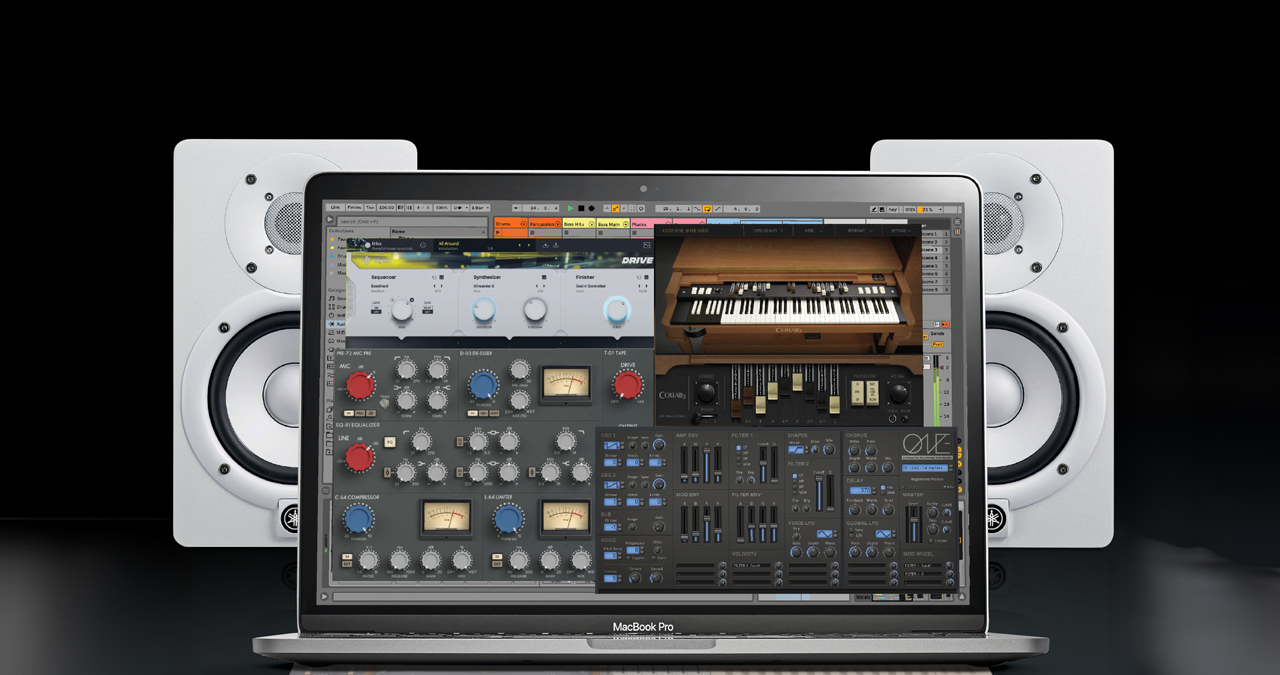
PLUGIN WEEK 2025: For most of us in 2025, music production is largely an in-the-box affair. But, while the range of plugin and virtual instrument options are many, and personal taste dictates how you approach projects, there are few key bases you absolutely need to have covered if you want to be taken seriously as a bona-fide producer of music.
Our writer, Jon Musgrave is a London-based platinum award winning mixer, producer, composer and club remixer with a diverse CV that spans dance, pop, rock and music. Across key categories like EQ, saturation, compression and tuning, Jon has kindly offered up what he typically leans on when he’s working.
His recommendations provides a succulent menu of options that, when combined, will steer your productions towards being release-ready.
Over to Jon…
1. Harmonizer - Waves Doubler
The micro pitch shift capability of Eventide’s popular H3000 hardware processor delivers a fantastic doubling effect that’s great for adding width to all manner of sounds. It’s particularly good for adding richness to vocals.
If you’re only after that beloved doubling effect and not interested in other H3000 effects, then one of the best options is Waves Doubler. Available in 2 and 4 voice plugins, the 3 graphic displays help you adjust position, pitch/delay and EQ.
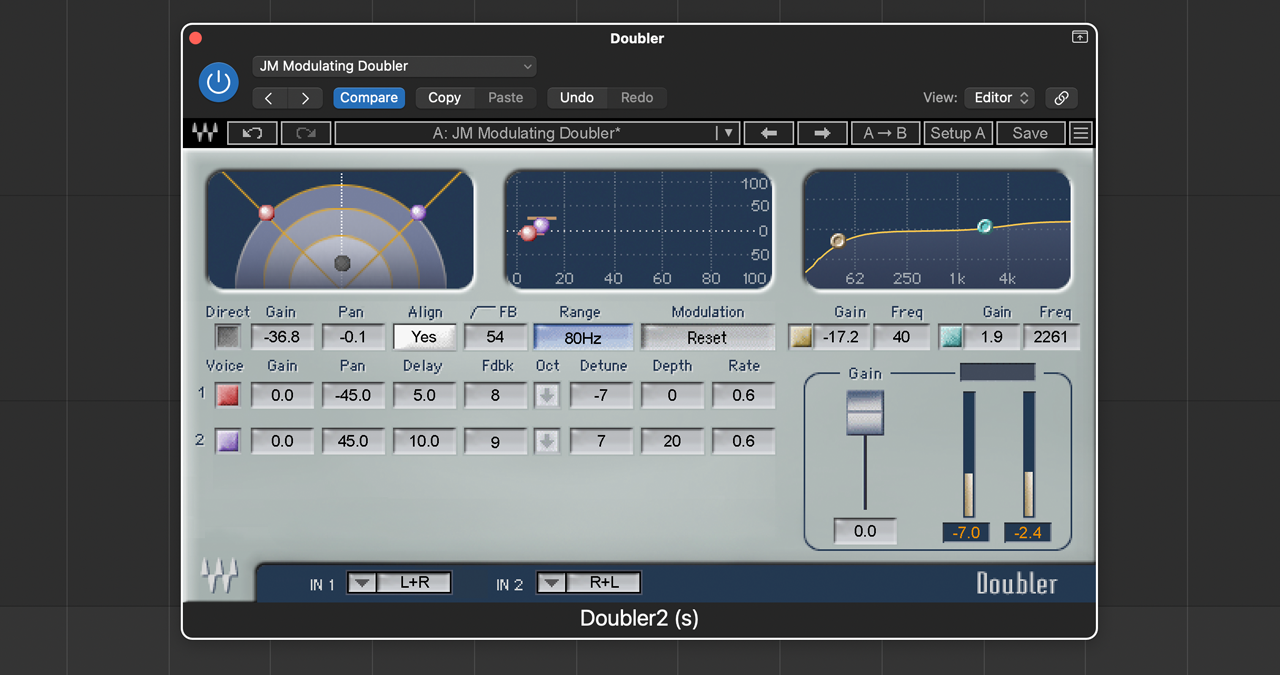
My favourite setting is a simple 2-voice effect with a fixed pitch shift on one channel and modulating pitch shift on the other. This replicates the layered shift concept from the H3000, and delay times, pitch shift amounts and modulation speed can all be modified to taste, although I typically keep the modulation slow and the pitch and delay offsets small.
Want all the hottest music and gear news, reviews, deals, features and more, direct to your inbox? Sign up here.
2. Tape Delay - Arturia Delay Tape-201
Delay is a staple effect that we can use in many different ways and is at its most interesting in a tape delay. Whether you’re after a short slap back, an evolving decaying effect or some dub style magic, tape delay is the tool.
The most flexible hardware unit was the Roland Space Echo, and there are many emulations of this iconic design.
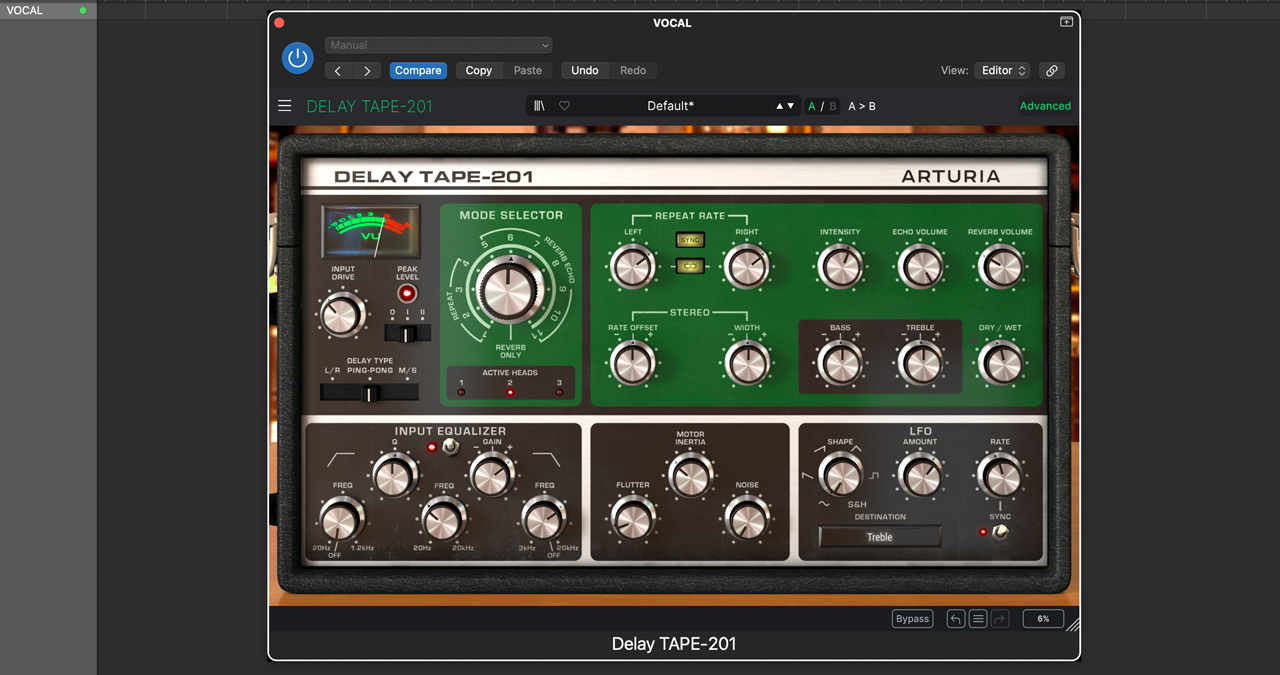
Arturia’s Delay Tape-201 is easy to use and sounds great, and I’ll usually get what I need from the main settings. But if I’m looking for something a bit more creative there’s a panel of advanced parameters to adjust the EQ and motor behaviours, plus a flexible, assignable and syncable LFO.
3. Flexible EQ - SSL X-EQ 2
For convenience, it’s great to have a selection of both EQ hardware emulations and more precise digital style EQ plugins. But if you only have one EQ, then it should provide multiple filter curves, be capable of precise, narrow shapes and include multiple bands. This will allow you to zone in and cut problem areas, but can also be handy for targeted boosts.
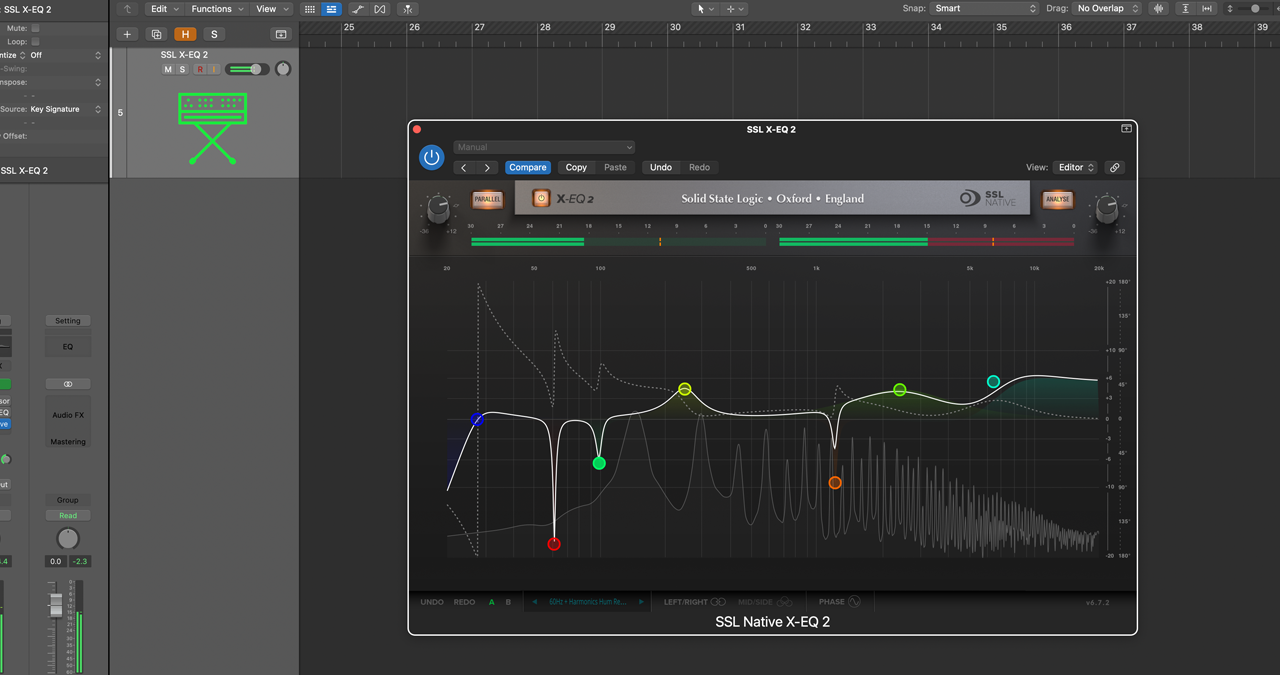
Meanwhile the choice of shapes will cover other EQ tasks and general sweetening. There are a number of modern node based EQs that fit the bill, including FabFilter’s Pro-Q 4. My personal favourite is SSL’s X-EQ 2.
This includes handy parallel and serial signal flow, excellent visual feedback (including phase response analysis), and band solo.
4. Convolution Processor - Logic Pro Space Designer
Although we typically associate convolution processing with reverb, these powerful plugins provide a blank canvas for impulse based processing. This means any supported audio file (usually .WAV) can be used as a convolution source, and this is an incredibly powerful tool.
So, whether you want to replicate a natural space, tap into a classic piece of hardware, or simply impose one audio file on another, convolution is the tool.
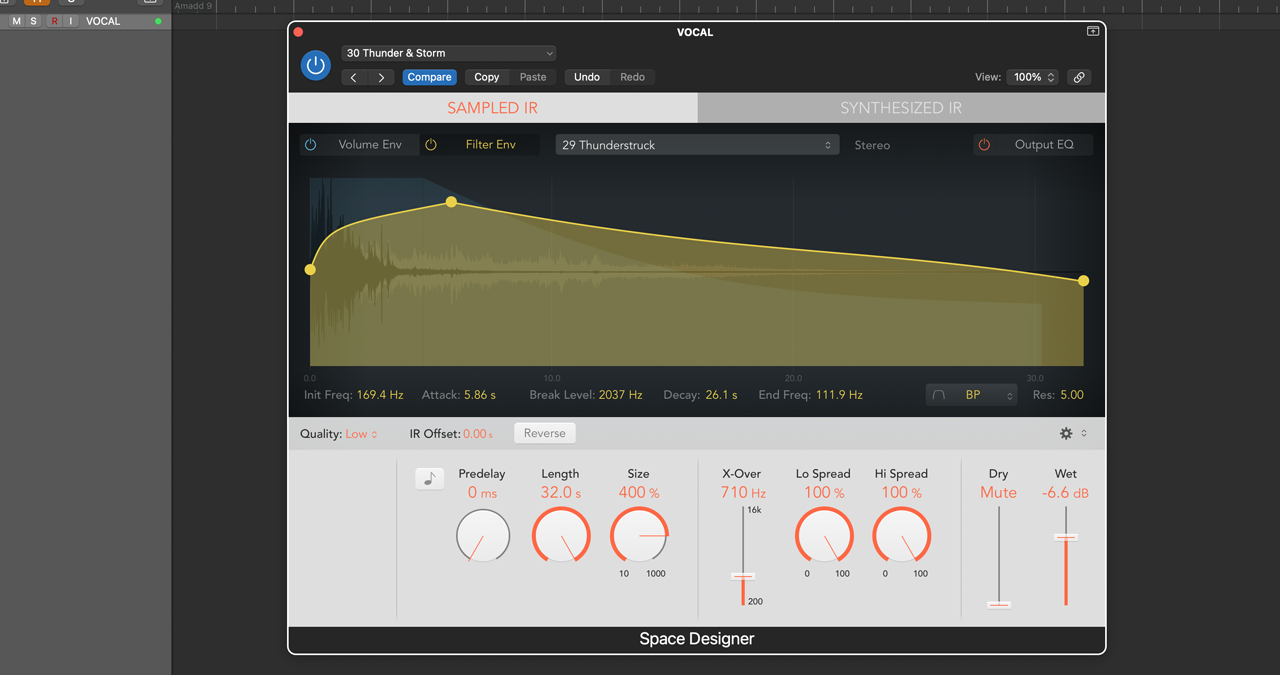
As an Apple Logic Pro user, my convolution processor of choice is the included Space Designer. It has plenty of options including volume and filter envelopes, output EQ, reverse, size and processing quality. It also includes a synthesis mode that generates an impulse based on your length, envelope, filter, EQ, density and spread settings.
I also have mine supersized with a bunch of impulses derived from classic hardware processors, including Lexicon’s 480 and Bricasti’s M7.
5. Quality Algorithmic Reverb - EAReckon EAReverb 2
A decent algorithmic reverb can deliver a large variety of spaces from small, barely-there ambiences and tight drum rooms, to lush vocal plates, cavernous cathedrals and big washy effects reverbs.
There are many quality algorithmic reverbs available from the likes of Lexicon, Valhalla, Melda and Softube to name just a few.
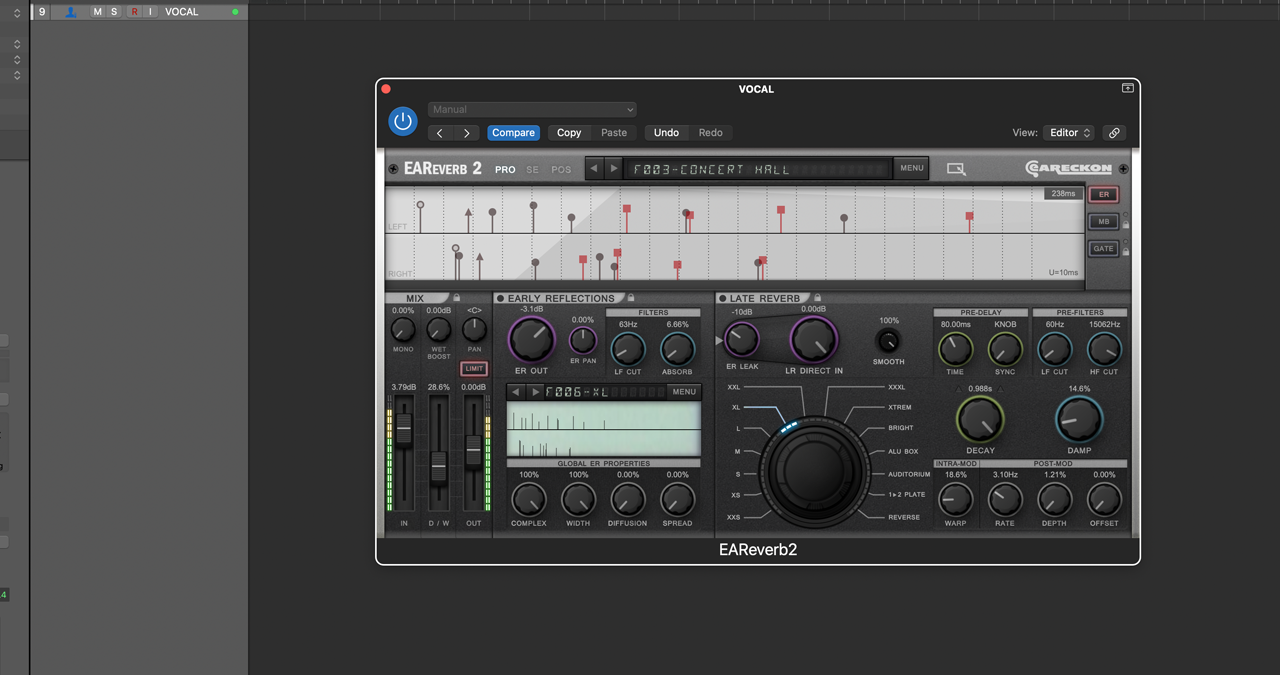
Nevertheless, a lesser known plugin that I particularly like is EAReverb 2 from EAReckon.
It features 6 core algorithms, including the excellent ‘natural’ algorithm found in the v1 plugin and also a very handy reverse algorithm with tempo sync. A broad selection of additional options, including deep early reflection adjustment, multiband pre- or post- processing, modulation, gate and tempo synced pre-delay make it very flexible. Meanwhile the input Position mode offers a handy visual way to place sounds in the stereo panorama.
6. FET-style compressor - Universal Audio 1176 Classic Limiter Collection
Having a variety of compressors that you know and understand will fasttrack your processing journey and expand your sonic palette. That said, there’s something special about FET-based compressor designs and in particular the Urei 1176.
The super fast attack and multistage release coupled with the inherent distortion might sound like the last thing you’d want, but they work wonders in many circumstances.
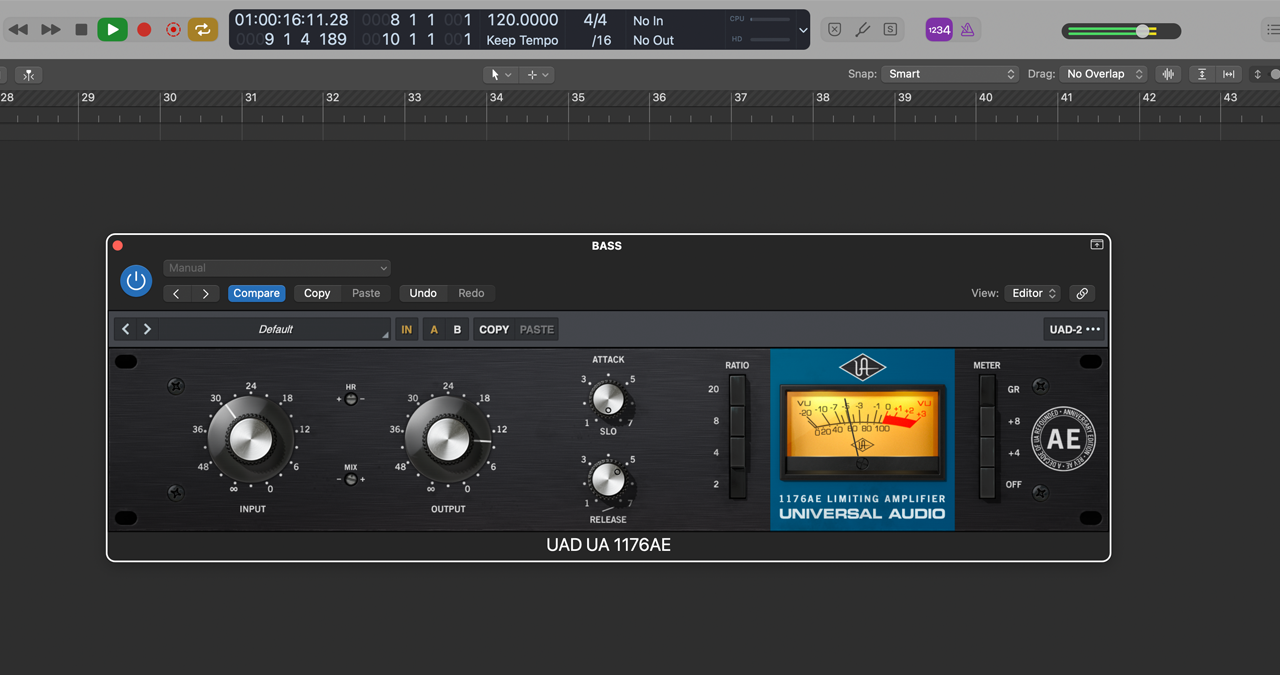
Aim for the best analogue emulation you can afford and you’ll not be disappointed.
For me that comes from Universal Audio's superb 1176 Classic Limiter Collection. Particularly the 1176AE (Anniversary Edition).
This not only sounds great but has the 40th anniversary mods (2:1 ratio and super slow attack option), as well as the optional low cut sidechain setting, wet/dry mix and headroom parameter
7. Saturation - Soundtoys Decapitator
With saturation we’re often looking for subtle enhancement rather than total destruction, particularly when processing multiple mix components.
For these sorts of tasks my favourite is Soundtoys Decapitator. Despite its rather terminal name, Decapitator is a wonderfully flexible processor and great at adding life to lacklustre sounds.

It includes 5 saturation flavours that emulate specific hardware pieces from Ampex (A), Chandler/EMI (E), Neve (N), and Thermionic Culture (T & P). You get overall drive coupled with filtering (low cut pre and high cut post). Meanwhile further options include the head bump style Thump control and an overall Tone control. Finally, if you do want total destruction, simply engage the Punish option.
8. Creative multi-effects processor - Cableguys ShaperBox 3
Sometimes we want to completely rework our source track in a manner that goes beyond regular effects. If that’s the plan then some kind of step based or syncable multi effect often fits the bill.
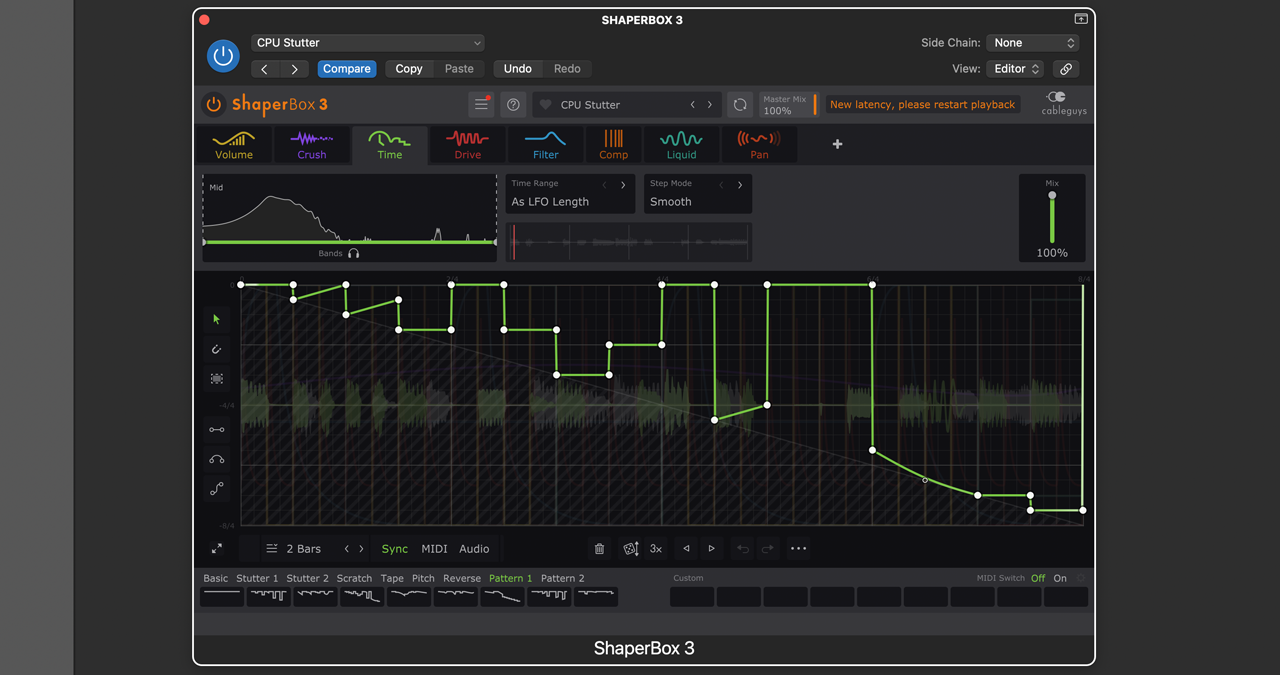
One of the best and my personal favourite is ShaperBox 3 from Cableguys. It includes a good selection of highly configurable modules such as filter, pan, volume, reverb and liquid (flanger/phaser). What’s more each of its 10 effect modules include individual syncable LFO control, allowing for some highly creative outcomes. Throw in a vast categorised preset library and this plugin never fails to impress.
9. Enhancer - Universal Audio Precision kHz and Precision Hz
Sometimes regular EQ isn’t enough and we need a processor that’s more additive. Enhancers come in many forms, often focusing on either high or low frequencies, and a number of respected hardware units including the Aphex Aural Exciter and SPL Vitalizer are available in plugin form.
My particular favourites for these tasks are a couple of plugins from Universal Audio's Precision series - Precision kHz and Precision Hz. Each processor includes 4 modes, with clearly distinct characters.
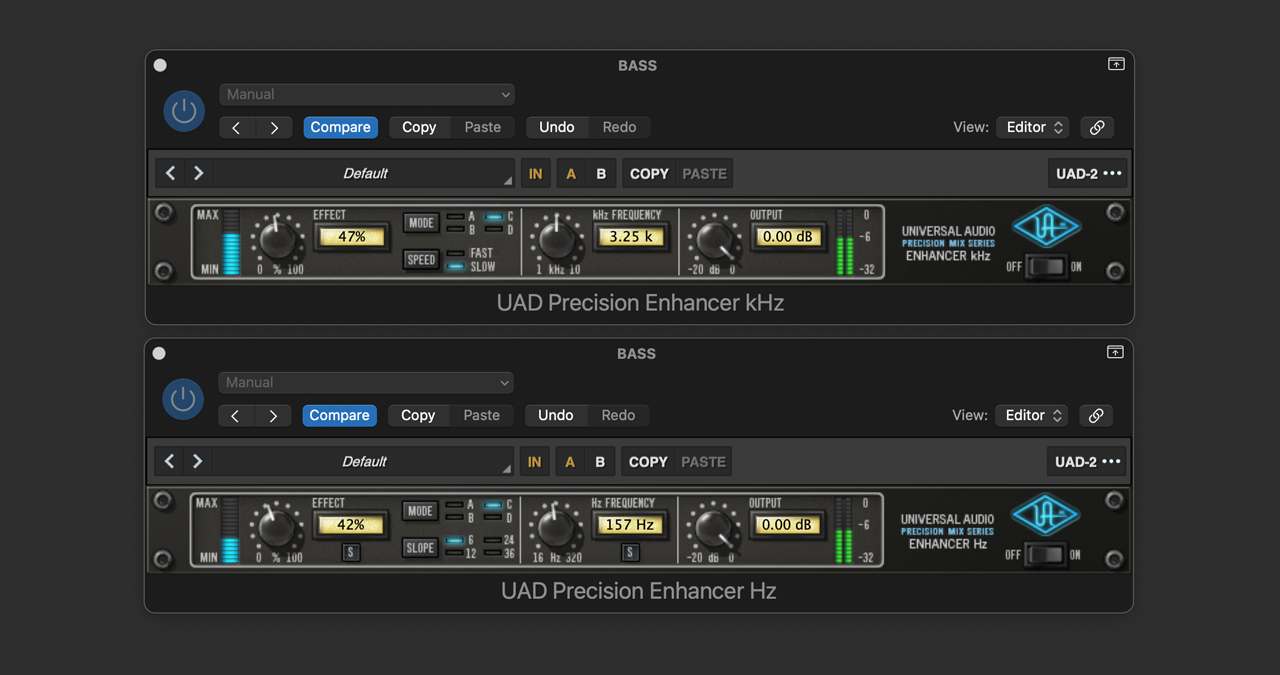
Meanwhile adjustable frequency and overall wet/dry mix provide further tweaking. Whether you’re looking to liven up a dull snare or beef up a lacklustre bass sound, these two plugins are extremely handy.
10. Real time tuning plugin - Waves Tune Real-Time
Pitch correction has become an everyday and often time saving part of music production.
Plugins tend to be split between those that capture the audio and thus allow deep editing, and those that operate in real time.
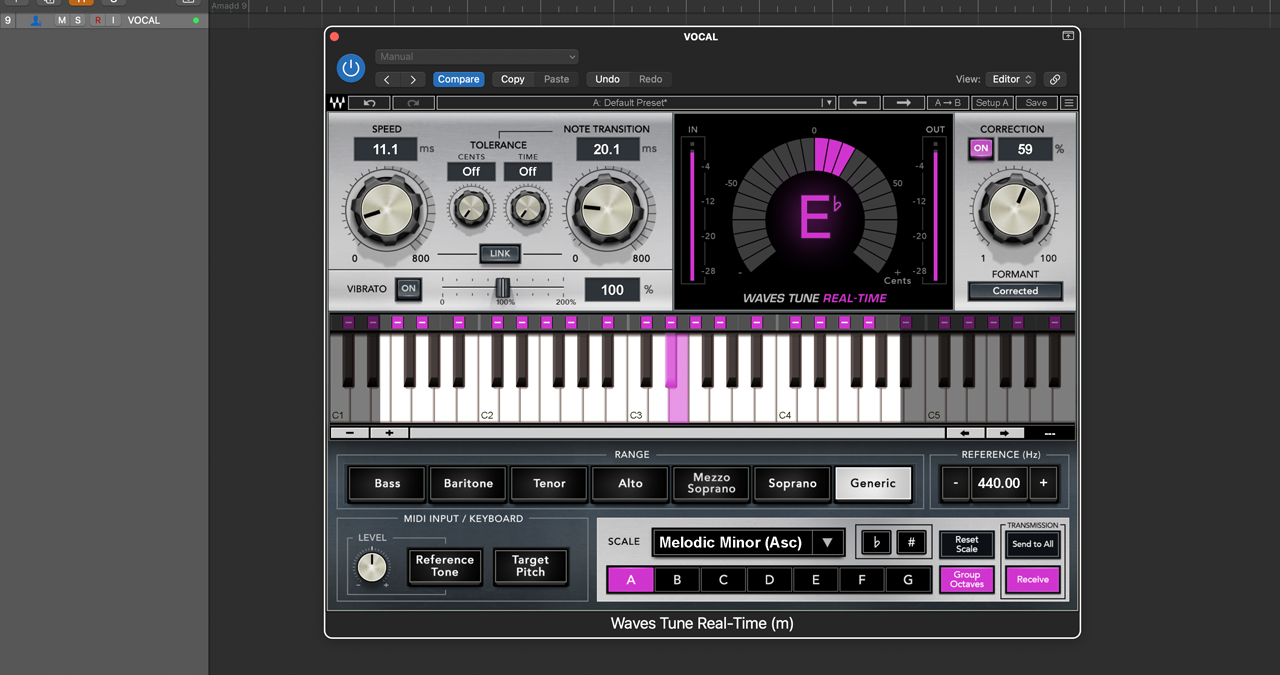
Market leader Auto-Tune Pro 11 actually does both. When it comes to real time processing my favourite is Waves Tune Real-Time. The single screen interface is really easy to use, but you still have handy features such as on screen scale editing, range templates and formant correction.
I particularly like being able to specify an overall correction amount once my other settings have been selected.
Jon is a London based platinum award winning mixer, producer, composer and club remixer with a diverse CV that spans dance, pop, rock and music for media. He’s also a long term contributor to MusicRadar's music technology tutorials and reviews. Whether working alone or collaborating he usually handles final mixdowns, so you’ll also find MusicRadar peppered with his handy mixing tips.
You must confirm your public display name before commenting
Please logout and then login again, you will then be prompted to enter your display name.
